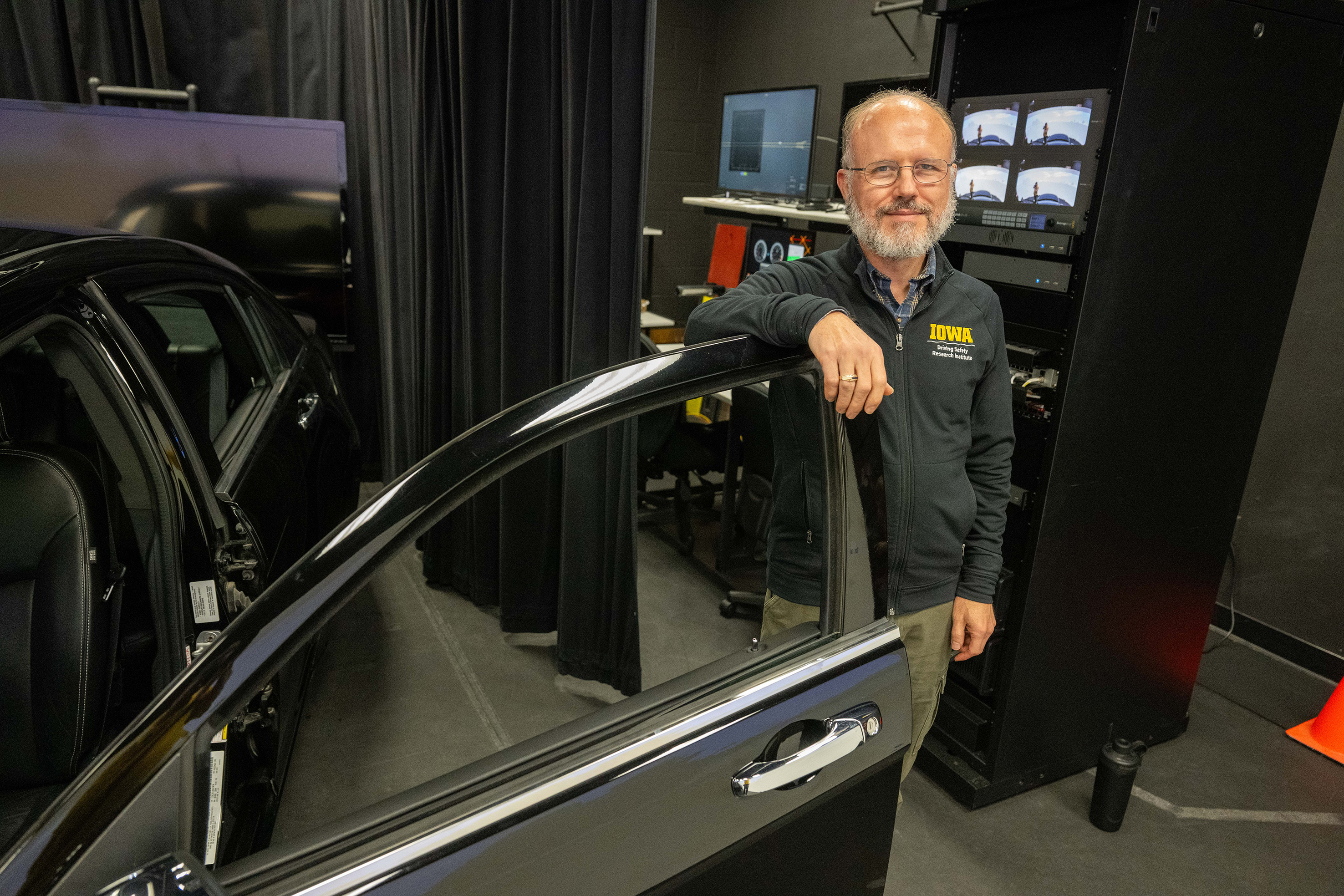Researchers at DSRI have combined data sets from six past studies that all looked at the use of various driver monitoring systems (DMS) to detect drowsiness, distraction, and other types of impairment. This new uniform dataset can be applied to future studies and expanded upon as new DMS data becomes available.
“It will be a valuable resource for us that will continue to evolve as we add more data sets and analyses in the future,” said Chris Schwarz, director of engineering and modeling research.
DMSs can use camera-based measures that analyze eye movement, facial measures, and head position; biological-based measures (such as respiration or heart rate variability); or vehicle-based measures (such as steering behavior or lane position). In the analysis of these six studies, the team looked at which sensors were the most useful in detecting impairment.
“Vehicle-based sensors become much less useful as soon as you turn on automation because at that point you stop getting any information about the driver,” explained Schwarz. “So these newer measures like gaze location become more valuable as a measurement tool.”
A data collection study will be run in the NADS-1 simulator in 2024 as part of this work. The team is looking to understand how these DMSs are being used, what their limitations are, and how to differentiate between types of impairment (e.g., distraction alone versus distraction with drowsiness).
This article originally appeared in the 2023 DSRI Year in Review.
